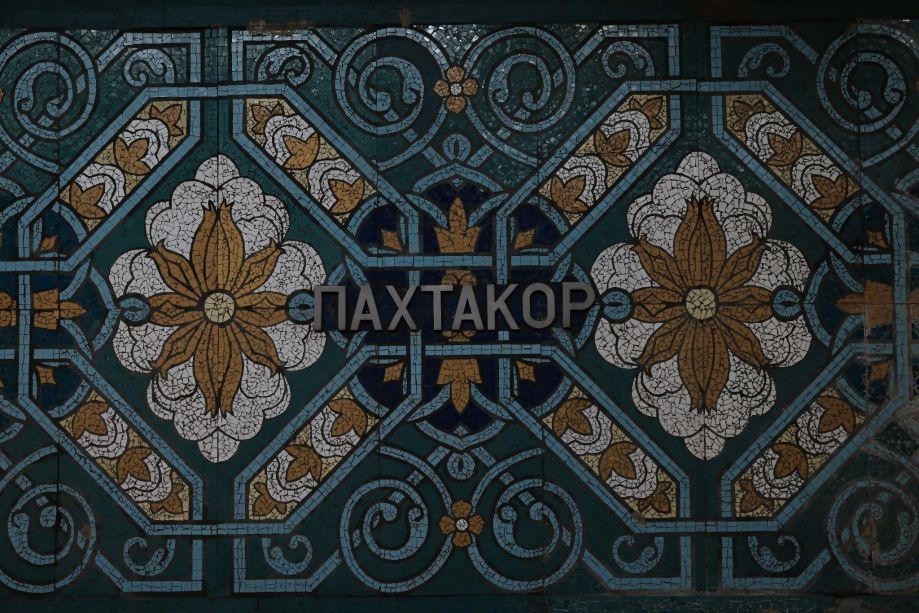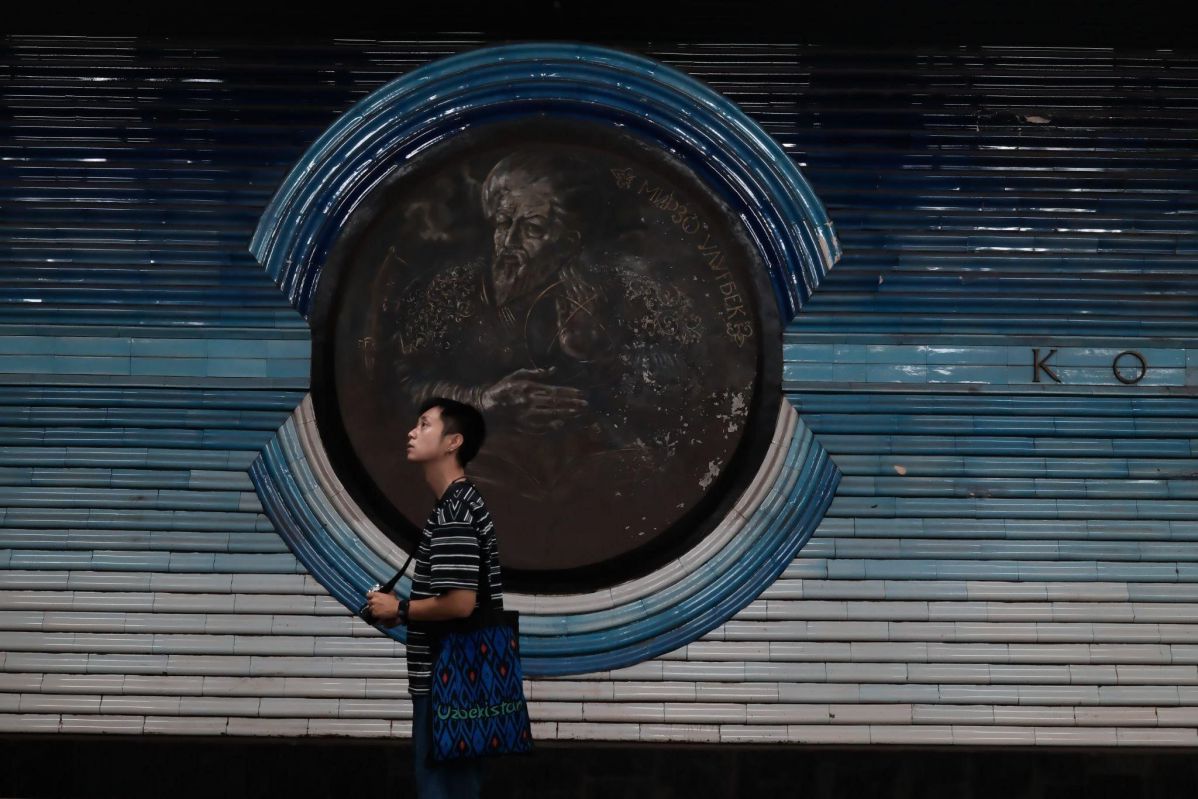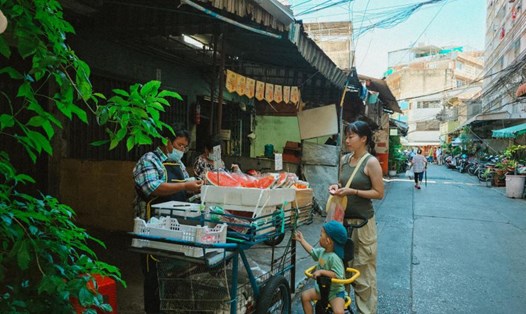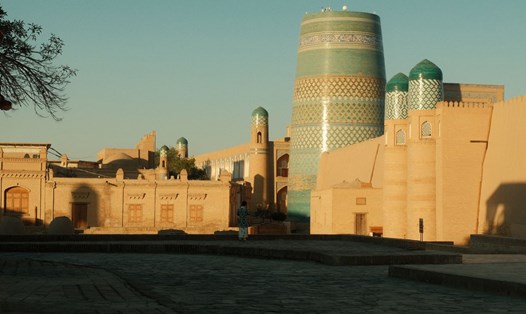For others, Tashkent is a city with many unique attractions waiting to be discovered.
I arrived at the Uzbekistan border early one morning in July, after a nine-hour overnight bus ride from Bishkek, Kyrgyzstan. From the border to Tashkent, the capital, is about 20 kilometers away. Weary after a night of going up and down countless times to complete immigration procedures, we and a few other tourists, who did not know each other, decided to call a taxi to Tashkent instead of waiting for the bus that was still stuck in the long traffic jam.
Tashkent in the peaceful, clean dawn. The Russian couple sharing the taxi said that Central Asian countries are clean, inheriting the urban legacy of the former Soviet Union. They said that in Moscow, every morning, there is a car that cleans the city with soap and then rinses it with water.
Tashkent is not a city that tourists stay long in when coming to Uzbekistan. The capital of Uzbekistan is like a transit point for tourists after traveling from Kyrgyzstan and continuing their trip to other tourist cities such as Samarkand, Khiva, Bukhara. The first time I came to Uzbekistan, I was no exception, so I only stayed in Tashkent for one night.
If you want to discover the beauty of Tashkent, look beyond the surface. Look deep below, literally, to see the city's urban cultural "heritage": the metro system.

I have had the opportunity to use the subway in many cities around the world, from Seoul (Korea), New York (USA) to Mexico City (Mexico). One characteristic of these subway systems is the focus on functionality - how to make transportation as convenient as possible for users. The subway in Tashkent is simpler with 3 main lines, connecting about 50 stations. Interestingly, each station is more like an architectural work of art than a regular station.
The Tashkent Metro system was put into operation in 1977 when Uzbekistan was still part of the Soviet bloc. This was the period when many large structures were built in Tashkent, bearing strong Soviet architectural influences such as Brutalism.
The Tashkent metro system was a source of pride for the Soviet Union, a key project in the city's reconstruction when in 1966, Tashkent suffered a major earthquake that destroyed much of the city and left about 300,000 people homeless.
If you have time, explore all the stations in the capital city of Tashkent to choose your personal top 10 favorites. For just 2,000 SOM (equivalent to 4,000 VND), you can enter a station and travel around the city. The fare here is calculated by entering/exiting the metro, not by distance.
In addition to the dominant Soviet architectural style that can be seen in metro stations, each station also has its own architectural features with its own unique story.
Pakhtakor is one of the main stations on the Red Line. In Uzbek, Pakhtakor means “cotton grower” – the “white gold” of this Central Asian country. Opened in 1977, Pakhtakor Station is characterized by colorful murals depicting the story of Uzbekistan’s cotton industry.
Kosmonvatlar Station is a space to honor the cosmonauts of the former Soviet bloc as well as the success in conquering space in the 20th century. One of the most famous stations is Alisher Navoi, located on the blue metro line. The station is named after one of the most famous writers of Uzbekistan, who lived in the 15th century. He is considered the founder of Uzbek literature and had an influence on contemporary poetry, architecture and art.
Navoi Station is characterized by its turquoise color, with pictures on the walls depicting stories from Navoi's works. The station ceiling is designed with domes, typical of the architecture of Islamic buildings in Uzbekistan.
Chilonzor is one of my favorite stations out of 29. The walls around Chilonzor station are covered with white marble with 3D ceramic paintings designed by famous sculptors. Each painting tells a story about Uzbek life and the Soviet vision: a combination of traditional rural scenes and urban architecture. Above the ceiling is a large chandelier with an intricate design.

Many train stations in Uzbekistan were also renamed after the collapse of the Soviet bloc. The October Revolution train station was renamed after Amir Timur, a famous 14th-century military leader in Uzbekistan.
In the past, taking photos in metro stations was prohibited. However, the Uzbekistan government has allowed tourists to take photos in train stations in recent years. Therefore, locals will see many tourists taking photos in metro stations during the day. As a courtesy, we also try not to disturb the locals when taking photos in each station.
For me, the Tashkent metro system is not only impressive for its architectural and artistic beauty. Behind the cultural stories is a historical story, recreating a period with many fluctuations in the history of this Central Asian country.










